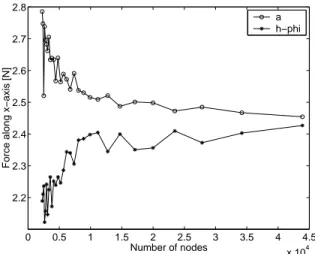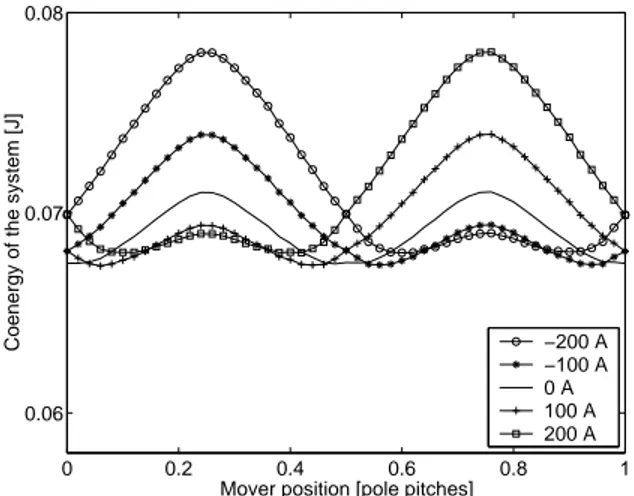3D h-phi finite element formulation for the computation of a linear transverse flux actuator
Texte intégral
Figure




Documents relatifs
The method is applied to the analysis of 3D eddy current testing of metallic plate with cracks, and the usefulness of the method is investigated by comparing calculated results
The accuracy is evaluated with respect to the analytical solution of a 3D scattering problem: a layered sphere with the electric properties of biological tissues
Then a recursive method is applied to compute the global dynamic stiffness matrix of the whole waveguide and finally the transfer functions in the structure.. This paper presents
In Farhloul and Manouzi [1], these authors have introduced a mixed finite el- ement method for problem (0.1) based on the introduction of σ = |∇ u | p − 2 ∇ u as a new unknown and
Analysis of a pseudostress-based mixed finite element method for the Brinkman model of porous media flow.. Oyarzúa,
This section considers the development of finite element subspaces satisfying the crucial inf-sup condition in Assumption 3.1.. Lemma 4.1 below provides several equivalent
BREZZI, Mixed and nonconforming finite element methods : Implementation, postprocessing and error estimâtes,
Abstract — Twoproblems of mimmization of a cost functional with respect to apart of the boun- dary, where the elastic body is jïxea\ are considered The cntenon corresponds with (î)